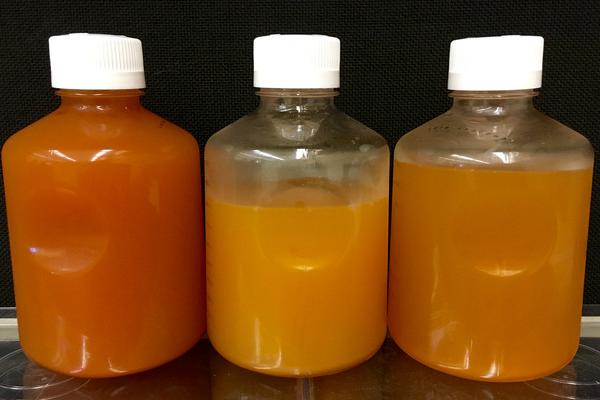New genus of Bacteria found living inside hydraulic fracturing wells

By: Pam Frost Gorder
COLUMBUS, Ohio—Researchers analyzing the genomes of microorganisms living in shale oil and gas wells have found evidence of sustainable ecosystems taking hold there—populated in part by a never-before-seen genus of bacteria they have dubbed “Frackibacter.”
The new genus is one of the 31 microbial members found living inside two separate fracturing wells, Ohio State University researchers and their colleagues report in the Sept. 5 online edition of the journal Nature Microbiology.
Even though the wells were hundreds of miles apart and drilled in different kinds of shale formations, the microbial communities inside them were nearly identical, the researchers discovered.
Almost all the microbes they found had been seen elsewhere before, and many likely came from the surface ponds that energy companies draw on to fill the wells. But that’s not the case with the newly identified Candidatus Frackibacter, which may be unique to hydraulic fracturing sites, said Kelly Wrighton, assistant professor of microbiology and biophysics at Ohio State.
In biological nomenclature, “Candidatus” indicates that a new organism is being studied for the first time using a genomic approach, not an isolated organism in a lab culture. The researchers chose to name the genus “Frackibacter” as a play on the word “fracking,” shorthand for “hydraulic fracturing.”
Candidatus Frackibacter prospered alongside the microbes that came from the surface, forming communities in both wells which so far have lasted for nearly a year.
“We think that the microbes in each well may form a self-sustaining ecosystem where they provide their own food sources,” Wrighton explained. “Drilling the well and pumping in fracturing fluid creates the ecosystem, but the microbes adapt to their new environment in a way to sustain the system over long periods.”
To read the full article, originally published on September 5, 2016, please visit the OSU News Room.
